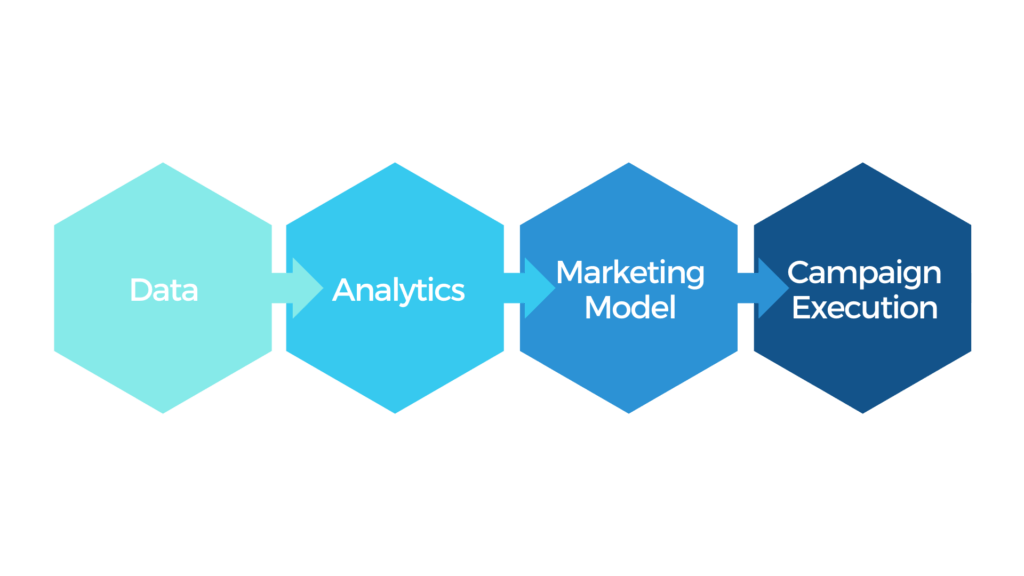Marketing Analytics is the new gold standard for any company seeking growth. After all, revenue growth and Return On Investments are part of the main concern of any business. Indeed, these are great contributors to:
Profitability
It is usually the main purpose of a business. When accelerating the revenue growth rate, a firm generates more profits. This enables it to reinvest, merge or acquire other businesses, as well as improve its products or services.
Customer Acquisition and Retention
Reinvesting in a business and increasing its value can lead to higher customer satisfaction and faster client acquisition. It can also lead to faster client acquisition when enhancing products or services based on insights.
Employee Satisfaction
To keep its best employees and attract new ones, a firm should be able to live up to its expectations. Higher revenues and profits allow companies to invest more in talent acquisition, retention, and development. These investments can be in the form of bonuses, improved salaries, training, incentive programs, and so forth.
Consequently, it is crucial for industries to maximize their revenue growth to be able to keep up with today’s fast-moving environment.
Marketing Analytics
Marketing analytics is the process of gathering data, from all the leveraged marketing channels, and grouping them into a single marketing view. It allows you to get data insights that can be used to build your marketing strategy and improve your business performance.
The main uses of marketing analytics are:
- Converting data into useful information.
- Spotting new prospects and improving existing prospect list quality.
- Observing campaign performance.
- Forecasting demand and identifying new opportunities.
- Evaluating the effectiveness of marketing activities.
- Determining how to achieve better marketing campaign efficiency.
- Spotting trends.
- Quantifying the claims.
- Reaching aims and goals.
The marketing analytics process is shaped as follows:

In a few words, marketing analytics is crucial to weight the impact of marketing channels, predict market trends, and improve customer experience.
Achieving Growth and ROI via Marketing Analytics
Marketing analytics can help companies achieve growth through:
Lead Prospecting
By observing previous data (clicks, visitors, viewers, demographics, job titles, etc.), a campaign manager can more easily identify qualified leads. Data and its hidden insights can then be leveraged to design campaigns that fit the targets’ needs.
Evaluating Campaign Performances Through Real-Time Monitoring
Leveraging attribution will allow a company to pause or decrease its spending on underperforming media channels. Data Analytics enables the identification of the best performers with higher Returns On Investment.
Demand Forecasting
Firms can observe previous trends and fluctuations that can impact campaigns and promotions. From there, it can anticipate demand and know-how and where to allocate its media budget.
In order to achieve business growth and higher Return On Investment ROI, a firm must be aware of certain facts first.
As mentioned previously, marketing analytics is the study and observation of data to extract insights. Thus, it is very important to make sure to use the right data. It should be error-free, comprehensive, accurate, and precise. If high-quality data is not used, it might not be relevant to the analysis.
Once a company gathers and analyzes its data and extracts insights, it should identify the best analytical approach to use. One of the most valuable methods is Marketing Mix Modeling. MMM determines the effectiveness of spending on media channels by linking marketing investments to other sales drivers such as promotional activities, competition, or seasonality.






